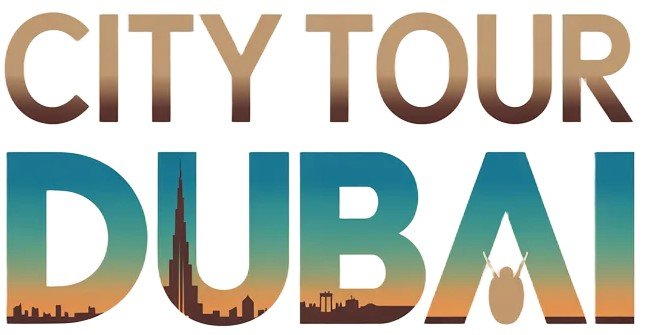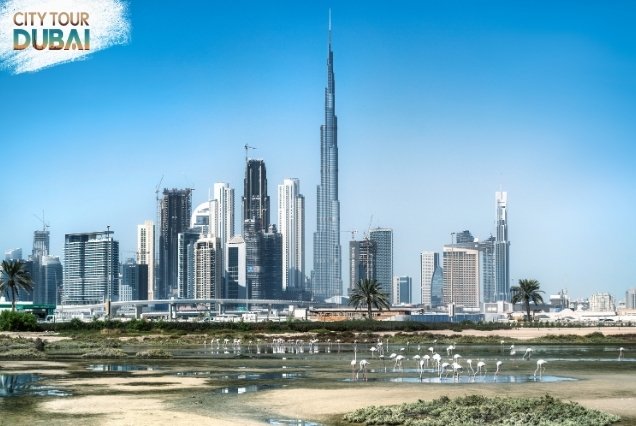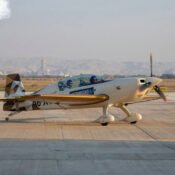The Burj Khalifa stands as a testament to the architectural brilliance of the 21st century. This towering structure is not only the tallest building in the world but also a symbol of Dubai’s ambition, with numerous records and feats that make it an awe-inspiring sight. Here are 15 fascinating facts about the Burj Khalifa that will leave you in awe.
1) The Tallest Building in the World
Standing at an astonishing 2,723 feet, the Burj Khalifa is the tallest building ever constructed. It is three times the height of the Eiffel Tower and twice that of the Empire State Building. With 163 floors above ground and one underground level, it holds several records, including the tallest freestanding structure in the world.
2) The Team Behind the Burj Khalifa
Emaar Properties is the developer behind the Burj Khalifa, while the structural design and engineering were handled by Skidmore, Owings & Merrill. Other key contributors include Turner Construction, Arabtec, Samsung C&T Corporation, and Besix. The building was originally called “Burj Dubai” before it was renamed in honor of Khalifa bin Zayed Al Nahyan, the President of the UAE.
3) Record-Breaking Achievements
The Burj Khalifa holds numerous records, such as:
- Tallest freestanding building
- Most number of stories (163 floors)
- Fastest elevator with a speed of 60 km/h
- Highest restaurant (Atmosphere at level 122)
- The highest outdoor observation deck (Level 148)
- Highest housing apartment at 385 meters
- The highest service elevator
- The highest building ever climbed (by Alain Robert, aka “French Spiderman”)
4) The Reason for Its Construction
The Burj Khalifa was built with two key goals: to diversify Dubai’s economy away from oil dependence and to give the city a global landmark that would attract tourism and investment.
5) Construction Materials
The Burj Khalifa required massive quantities of materials. It took 55,000 tons of steel rebar, 110,000 tons of concrete, and 22 million working hours to complete. The tower is built with materials weighing as much as five A380 aircraft and 100,000 elephants.
6) The Support System
The building’s structural integrity relies on a “buttressed core” system that provides support to all 163 floors. The steel rebar used in the tower could circle the Earth’s equator one-quarter of the way around.
7) The Construction Process
During construction, workers had to sign a disclaimer and undergo a crisis landing orientation before using the elevators.
8) The Site’s History
Before it became home to the Burj Khalifa, the land was occupied by the Central Military Command, a military compound.
9) Exterior Design and Heat Protection
The Burj Khalifa’s exterior is made up of 26,000 glass panels. Specially designed cladding, with a silver coating, helps the building withstand the extreme heat of Dubai’s summer. Solar panels were installed to help heat 140,000 liters of water daily.
10) Unique Elevator System
The Burj Khalifa features a special elevator system designed for emergency evacuations. It ensures that people can safely exit the building in case of fire or other security threats.
11) Maintenance and Cleaning
Twelve machines, weighing 13 tons each, are used to clean the building’s 24,000 reflective windows. These machines are mounted on tracks outside the tower.
12) The Design Inspiration
The tower’s design is inspired by Islamic architecture and the shape of the Hymenocallis flower, known for its long, spreading petals. The design reflects the UAE’s rich cultural heritage.
13) The Second-Highest Swimming Pool
The Burj Khalifa boasts the second-highest swimming pool in the world, located on the 76th floor. The highest is at the Ritz-Carlton in Hong Kong on the 118th floor.
14) Water Recycling System
The Burj Khalifa has an efficient water recycling system. It collects 15 million gallons of water annually from its air conditioning system, which is then used for irrigation, cooling, and the Dubai Fountain.
15) Fasting Challenges During Ramadan
Due to its extraordinary height, people on the top floors of the Burj Khalifa see the sun several minutes after those on the ground level. This phenomenon can cause challenges for those fasting during Ramadan, as they experience a longer day.
Conclusion
The Burj Khalifa is more than just a building; it is a marvel of engineering, architecture, and innovation. From its record-breaking height to its sustainable design features, it stands as a symbol of Dubai’s ambition and global stature. While it may eventually lose its title as the tallest building to the upcoming Kingdom Tower in Jeddah, it remains a landmark that draws millions of visitors each year, fascinated by its grandeur and design.




